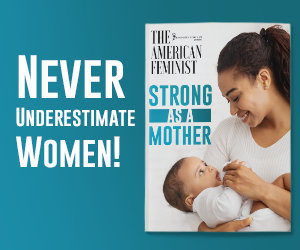In vitro fertilization is becoming an increasingly controversial fertility procedure because of its treatment of human life in its earliest form.
In the past decade, couples experiencing infertility or waiting until later in life to get pregnant have increasingly turned to IVF to conceive. The procedure involves harvesting sperm and eggs and using them to create living human embryos outside the womb; the embryos then are frozen or implanted in the woman’s womb.
While Catholics and others oppose the method itself because it creates human life outside of its natural setting, the key concern among most pro-lifers is the destruction of human embryos that are left over from IVF.
New estimates from the United Kingdom indicate the number of embryos discarded after IVF are huge. Since 1991, approximately 2.5 million human embryos were destroyed in the UK after IVF procedures, Bioedge reports.
Here’s more:
The figures were released by Lord Prior of Brampton, Parliamentary Under-Secretary of State for Health, in response to a written question from Lord Alton of Liverpool.
The records of the UK’s fertility watchdog, the Human Fertilisation and Embryology Authority. show that 1,687,260 embryos have been transferred to uteri since 1991, and 2,315,262 destroyed.
In the period from 1 July 2014 – 30 June 2015, 84,044 were transferred, and 172,184 destroyed. The figures come as UK fertility clinics celebrate 250,000 babies born by IVF in the country.
Click here to sign up for pro-life news alerts from LifeNews.com
In the United States, an estimated 1 million embryos left over from IVF are frozen and in storage. In 2015, The New York Times reported the government does not keep national statistics to track what happens to human embryos left over from IVF.
A 2011 study in the journal of the American Society for Reproductive Medicine revealed that 19 percent of unused embryos are discarded and 3 percent are donated for scientific research.
Doctors typically create more embryos in IVF than they implant. Sometimes couples have embryos implanted in the womb multiple times before a baby survives to birth. In other cases, couples want to have multiple children.
However, this practice has led to millions of leftover embryos – who already are unique human beings with their own DNA. Some couples have the embryos destroyed, and others donate them to research. Both options are extremely troubling because they involve human lives.
But couples have another, life-affirming option that is gaining attention across the world. Embryo adoption, sometimes called snowflake adoption, allows couples to make adoption plans for their embryos with other adoptive couples.
Although this doesn’t remove all the ethical concerns that some pro-lifers have with artificially creating human beings, it does provide an alternative to discarding embryos and destroying lives.
Currently in the United States, there are several non-profits that promote embryo adoption. The most well-known is Snowflakes Embryo Adoption and Donation, which has helped more than 480 couples successfully bring children into the world.
The adoption group says more than 1,100 families have donated their remaining embryos for adoption.








